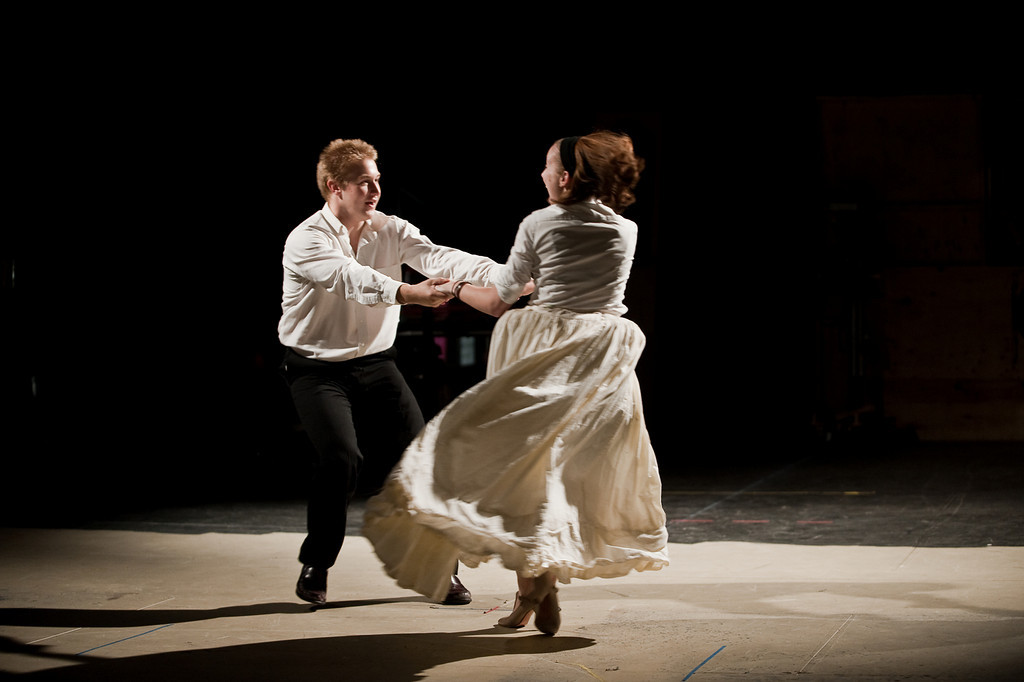

Set: (noun) – the stage setting or scenery, (verb) – to place an object in the correct position eg. Proscenium: The frame that stands between stage and auditorium

It is used as a reference by all departments Model: A scale (1:50) cardboard model that should look identical to the finished set with the correct colours, paintings and textures. Lantern: A generic term for a theatrical light Grid: The roof area above the stage from which the pulleys of the flying system are supported Stage-left: The left-hand side of the stage (the right as the audience sees it)įly Bar: The metal bar (like a scaffold pole) to which scenery and cloths are attached for flying above the stageįlys or Fly Tower: The area above the stage where scenery, cloths and lanterns hang out of view of the audience Stage-right: The right-hand side of the stage (the left as the audience sees it) Up-stage: The area behind the performer and the furthest away from the audienceĭown-stage: The area in front of the performer and closest to the audience Nowadays sets are moved by computer, and metal wires are used instead of rope, but the illusions and theatrical trickery involved are the same as those employed and created three hundred - even four hundred years ago by architects, engineers and set designers whose work is depicted in this selection of drawings. Laura Thatcher, Stage Manager, English National OperaĪlmost everything an audience sees on stage is illusion, and the biggest and most expensive illusion of all is the scenery.įor hundreds of years painted cloths and even people have been flown on lengths of rope, and scenery has been pushed and turned by stage crew. Laura Thatcher on the illusion of theatre Other items on view are from correspondence and documents circulated among designers and their collaborators that demonstrate the centrality of the scenery, costumes, and lighting in the conception and success of a production.A&A | Stage Designs: Laura Thatcher on the illusion of theatre Among the designs on exhibition are finished renderings, works in progress, technical drawings, as well as designers’ research materials supporting the development of the look, feel, and movement of a production.

In recent years, work in film design has been added to the strengths of the collections. This exhibit draws from collections that document virtually all genres of theater: ballet, modern dance, opera, musical theater, comedy, dramatic theater, and the variety stage. Exploring those visual elements deepens our comprehension of that other world across the footlights and under the proscenium.

No play or musical, no opera or ballet is fully realized without a visual design. These collections not only remind us of a rich cultural heritage but also open up new paths for scholars to examine the renowned and the forgotten worlds of stage design. This exhibit offers a glimpse at the distinguished theatrical design collections amassed over decades at the Library of Congress, which document the world of the stage over centuries. Grand Illusion: The Art of Theatrical Design journeys from the Baroque courts of Europe to the Broadway stages of the United States. The designer must invoke the magnificent and the intimate with scenery, costumes, lighting, machinery, and effects-all calculated to astonish and engage the audience. Transporting an audience from their time and place to an entirely different world-tucked under and behind the proscenium arch-is the task of the theatrical designer. Alvin Ailey Collection, Music Division, Library of Congress (016.00.00) Opened at the New York State Theatre, March 13, 1975.


 0 kommentar(er)
0 kommentar(er)
